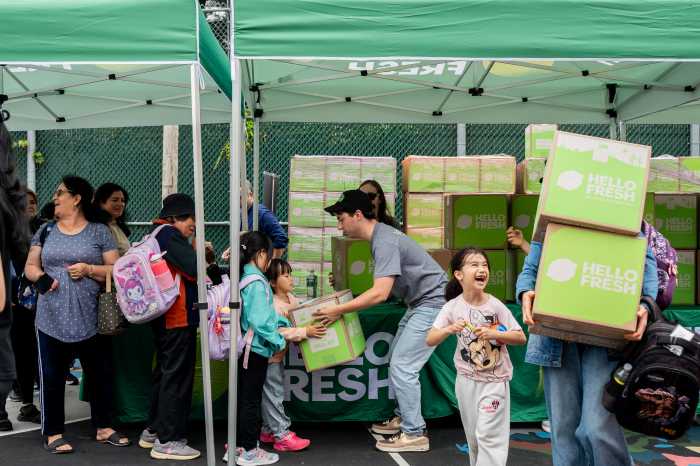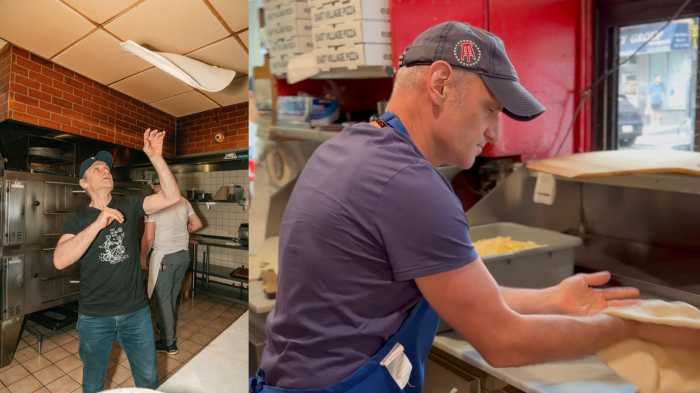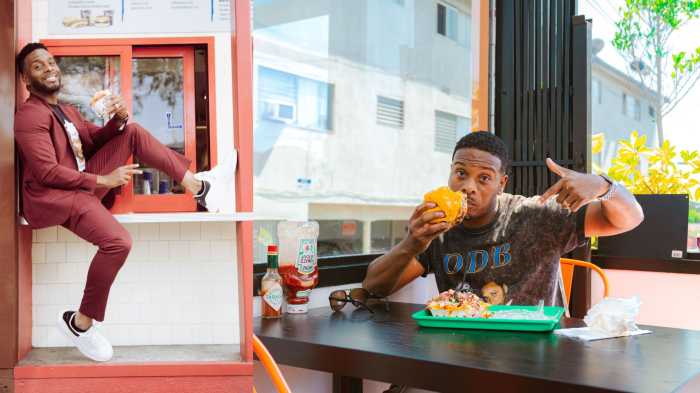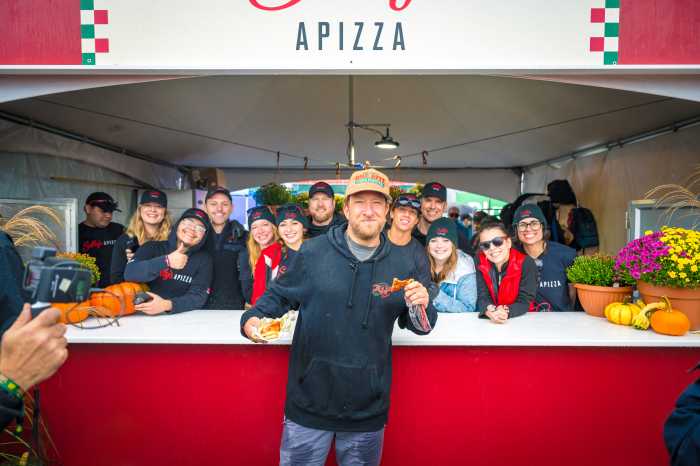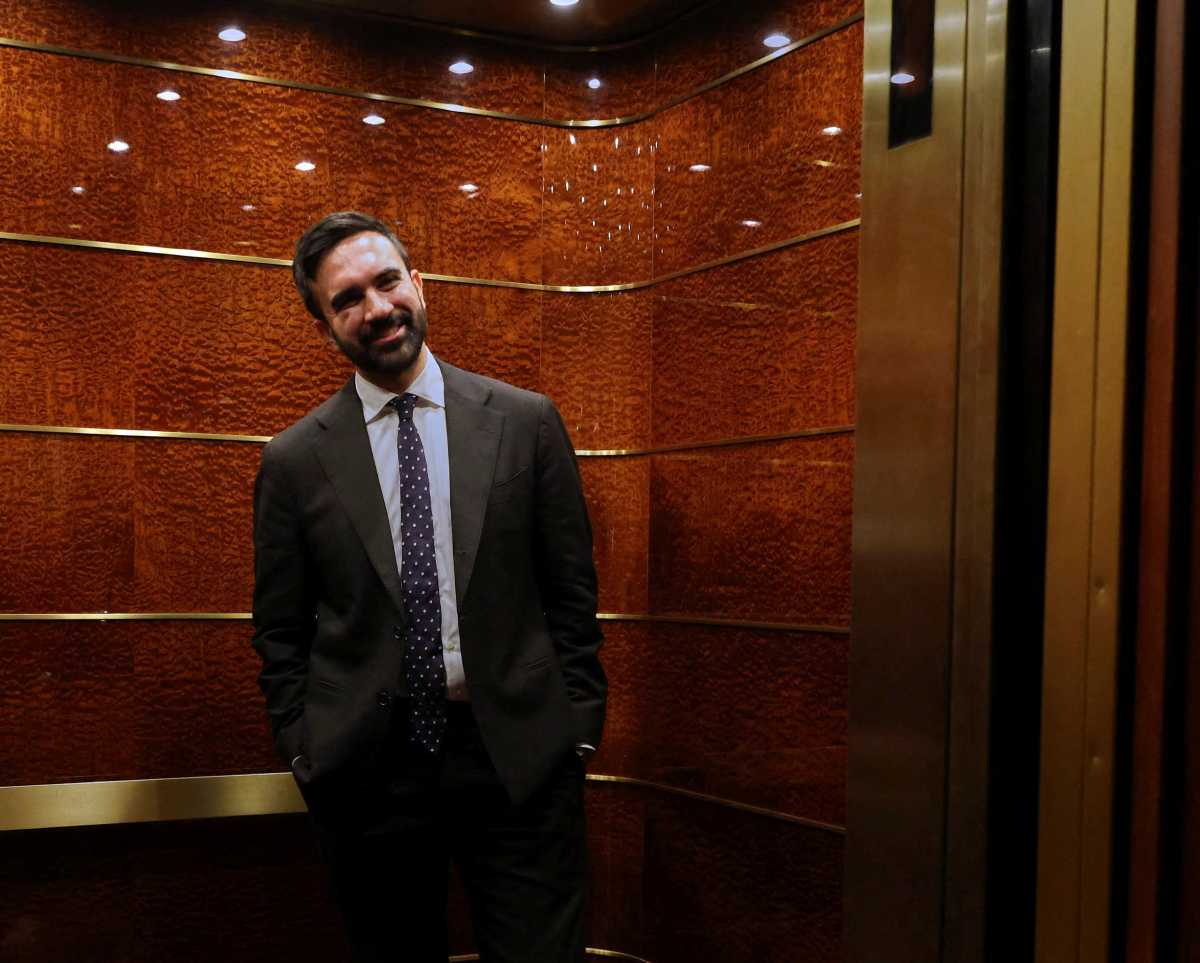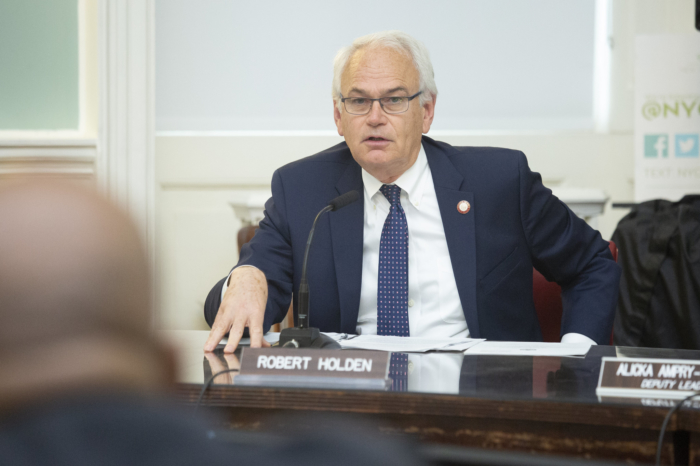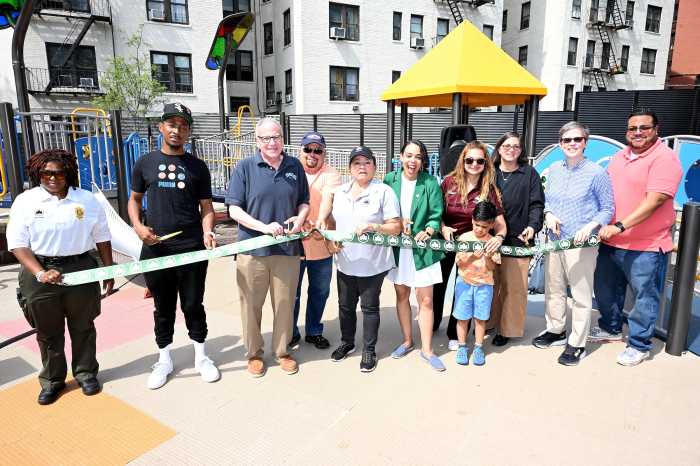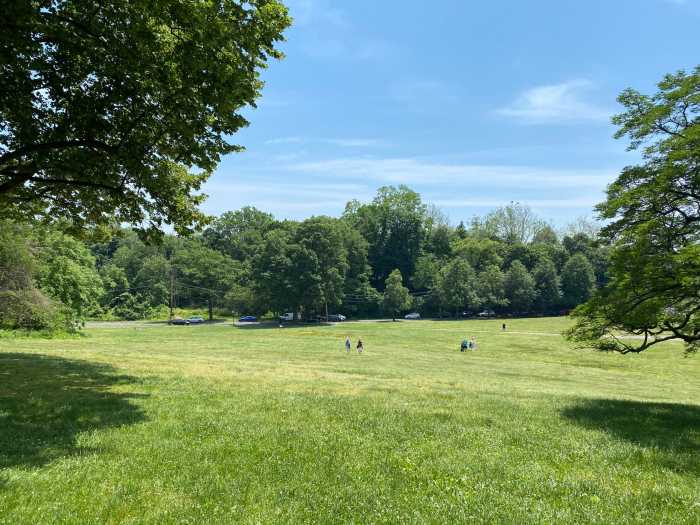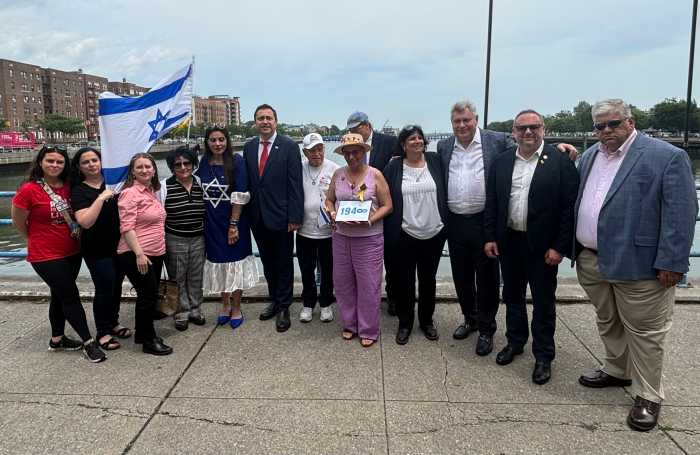The arrival of a neighborhood’s first Starbucks is often seen as a signal of imminent gentrification.
When news spread that the coffee giant would be planting its flag in Bedford-Stuyvesant, displacing part of the expansive discount department store Fat Albert, “there were mixed emotions,” said City Council member Robert Cornegy, who represents the 36th district. “The idea that they’ve been so closely associated with the negative tenets of gentrification sent a red flag up immediately in the community.
“When Starbucks shows up, it seems as if the trajectory of a community changes dramatically,” said Cornegy, who has seen the demographics of Bed-Stuy change significantly since 2001, when the 9/11 tragedy propelled a migration of lower Manhattan residents into Brooklyn housing along the J train. “I think people have that sentiment just seeing the brand.”
What passers-by may not realize, the former chair of the council’s small business committee noted, is that the Starbucks that opened its doors at 774 Broadway earlier this month isn’t the coffeehouse chain’s typical store. It’s the latest addition to the corporation’s initiative to open 15 cafes in low- and medium-income communities across the U.S. and invest in the local economy by hiring staff from the neighborhood, partnering with area nonprofit organizations to provide free job-skills training for young adults, and working with women- and minority-owned contractors, suppliers and food vendors. The first launched in Jamaica, Queens, in early 2016, setting an example for five other outposts in Ferguson, Missouri, central Phoenix, Chicago’s Southside, East Baltimore and Long Beach, California.
According to Rodney Hines, the Starbucks executive leading the initiative, “What we look for is where is there an opportunity for Starbucks to join with civic leaders, nonprofit leaders, government and other businesses to really be a part of a desired state of economic development in support of social change in local communities? Where can we join with forces already underway?”
A neighborhood in transition
The stretch of Broadway between Williamsburg and Broadway on which the new Starbucks sits has been a retail street for decades, according to Jason Richter, CEO of the retail estate investment and advisory firm Capricorn Asset Management and a Brooklyn native. Long before the coffeehouse arrived, the area had “come a long way all on its own,” he says, “because the housing product in Williamsburg became so expensive and started to push the ‘hipster movement’ farther east. I don’t think having a Starbucks helps or hurts that.”
While Richter expects local property owners will try to capitalize on the chain’s arrival amid down-market brand names like McDonalds and Little Caesars Pizza, to “spur a bit of a retail renaissance,” he doesn’t anticipate the full “Starbucks effect”: rising residential and commercial real estate values and a big retail expansion.
Like Jamaica, Bed-Stuy remains a predominantly lower-income neighborhood, despite the relative wealth that followed the Manhattan exodus and the return of college graduates. The community saw average rents rise more than 35 percent and average household incomes increase by about 21 percent from 1990 to 2014, according to a 2016 report from the Furman Center. The percent of Bed-Stuy’s adult population with a college degree grew from 11 percent in the ’90s to 25 percent in the next 14-year period, and a wave of new businesses have set up shop in once-vacant storefronts along commercial strips on Malcolm X, Classon and Lewis avenues.
Still, that rising prosperity hasn’t touched areas like NYCHA’s Sumner Houses blocks away from the new Starbucks, where census numbers show that unemployment rates were as high as 22 percent and where 61.3 percent of households were living below the poverty line in 2014.
Job training or cheap labor?
“One of the main ideas of having the community store was to be able to bring jobs to the community,” said Louis Paredes, a 22-year-old shift manager and Bed-Stuy native who lives a 20-minute walk from the coffeehouse.
All but one of the store employees — or “partners” as Starbucks calls them, because the company offers even part-time workers equity — live in the neighborhood, Hines said.
“These partners represent the community,” said the director of social impact for Starbucks’ U.S. operations.
However, the majority, like Paredes, hired as a barista in Manhattan in 2015, were already working for the Seattle-based coffee giant before the Bed-Stuy location opened
Store manager Juanita Vasquez, 27, started her Starbucks career as a shift supervisor for the Jamaica store, and her new role in Bed-Stuy signifies a return to the neighborhood where she bought her first scooter, where her family ordered weekend breakfasts and where her sister found her quinceanera dress.
“This is definitely my roots,” Vasquez said a few days before the cafe’s opening. Asked about the reception she expected from the community, she added: “We look like them, we talk like them . . . We’re genuine people, so it’s not going to be a problem. ”
In June, a disgruntled blogger called the news of the shop’s arrival “a nail being hammered into a coffin for both Bed Stuy and Bushwick.”
“To soften the blow, Starbucks is saying this location will be a ‘community store’ that will offer job training for 16- to 24-year-olds currently out of school,” says a “Make New York Grimey Again” post. “You’re only training young, poor teens and adults to work for businesses that will continue to steal their labor in return for cheap wages that are impossible to live on.”
But Hines and council member Cornegy see that training in a different light: They expect the same benefits from the curriculum that will be taught by instructors from the Brooklyn nonprofit the Hope Program in a glass-walled classroom still under construction at the store’s center.
“The aim is to teach them fundamental customer service skills that any employer will want,” Hines said of the training particularly geared toward preparing graduates for jobs in food service.
Those skills are transferable, Cornegy agreed, citing personal experience: “To make a career in retail is something that most people shouldn’t and don’t aspire to, but as an entry into the workforce, I think it still provides an excellent opportunity for young people.”
Roughly 23 percent of Bed-Stuy residents ages 16 to 24 were not employed or in school in 2014, the U.S. Census found.
Most have lived in the neighborhood their whole lives, according to Lois Johnson, 69, a retired city employee and longtime Bed-Stuy resident. “My whole thing is that anything that helps build up the neighborhood is good,” said Johnson, who visited the store on a recent morning to find a seat and read, without necessarily making a purchase. “A lot of people may object to it but in my opinion, I love Starbucks coffee . . . Expensive, yes, but you can’t get anything for nothing.”
When Paredes, the shift supervisor, was growing up, the go-to place for a morning cup of joe was the corner deli. (There are four within a three-block radius of the new Starbucks.) But his employer, he added, “is doing an amazing job to recreate that bodega feeling because when you walk into a bodega you know the clerk, you know the customers . . . You say hi, and you get your bagel and your coffee and you go and start your day.”
Referring to the cafe’s plans to host community events, Hines cast the new store’s mission in poetic terms: “I imagine this to be a center of true human connection, and one that feels like a place that’s always been here in Bed-Stuy . . . Whatever tension, issues, celebrations, joy, discussions that are happening . . . comes to life in our store.”
Cornegy’s view of the future is broader and more pragmatic: “My hope is that there’s a loud, resounding message that the cost of doing business in minority communities across the country should be that . . . you have to be an asset.”
With Anne Ehart



